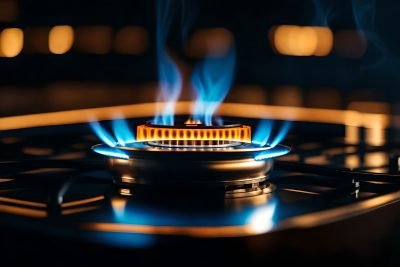LPG,
or Liquefied Petroleum Gas, is a flammable hydrocarbon gas that is liquefied through pressurization. It is primarily composed of propane, butane, or a mixture of both. Here are some key points about L.PG:
Production: L.PG is produced during the refining of crude oil or extracted during the natural gas production process.
Properties:
- Energy Content: LPG has a high calorific value, meaning it provides a significant amount of energy when burned.
- Storage and Transport: It is stored in pressurized tanks to maintain it in a liquid state, making it easier to transport.
- Safety: Though highly flammable, it is considered safe when handled properly. Odorants are often added to detect leaks since LPG is naturally odorless.
Uses:
- Residential: Commonly used for heating, cooking, and hot water systems.
- Commercial: Used in restaurants, hotels, and other businesses for heating and cooking.
- Industrial: Employed in processes requiring a clean-burning flame, such as metal cutting and food processing.
- Automotive: Used as an alternative fuel for internal combustion engines, known as autogas.
- Environmental Impact: L.PG burns more cleanly than many other fossil fuels, producing fewer particulates and greenhouse gases.
It is considered a lower-carbon alternative to traditional fuels like coal and oil.
Economic Aspect: L.PG can be a cost-effective energy source, particularly in areas without access to natural gas pipelines.

lpg-titc
Overall, L.PG is a versatile and widely-used energy source with applications ranging from household to industrial uses.








